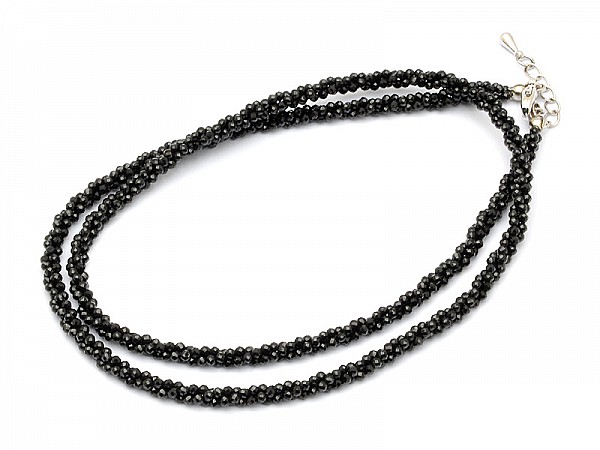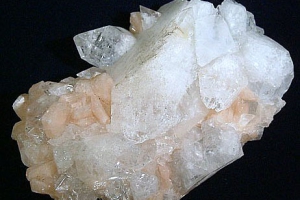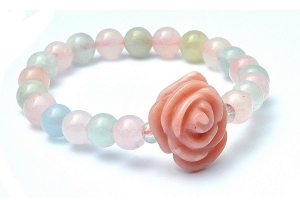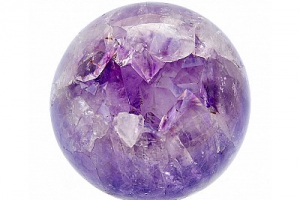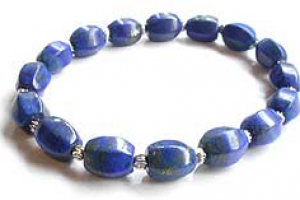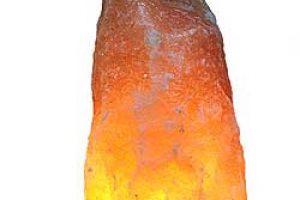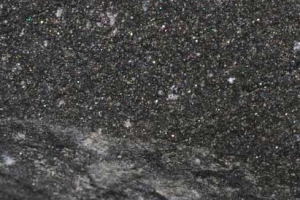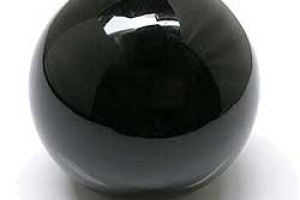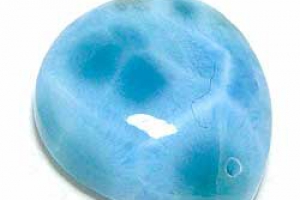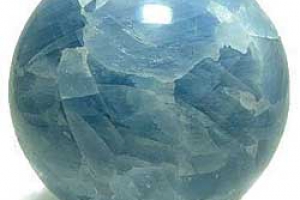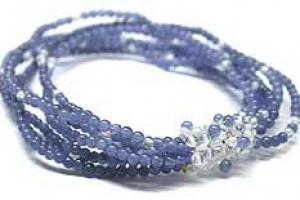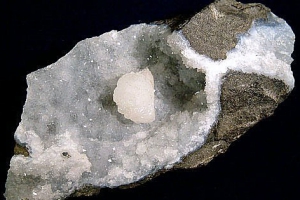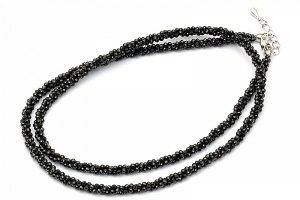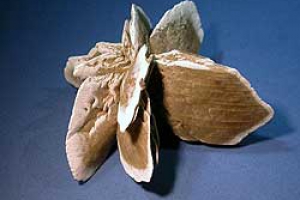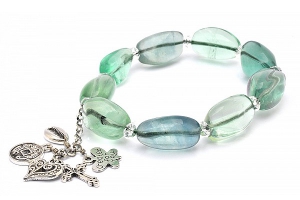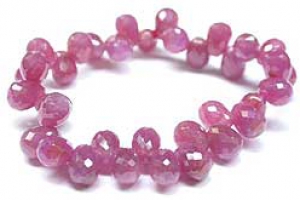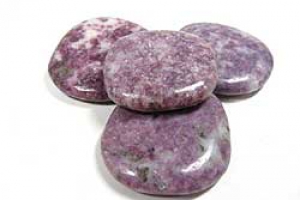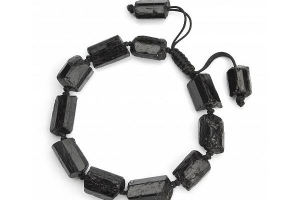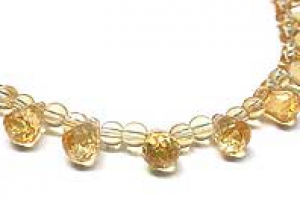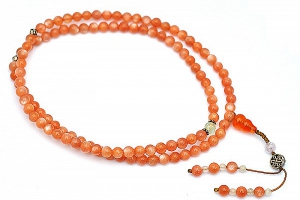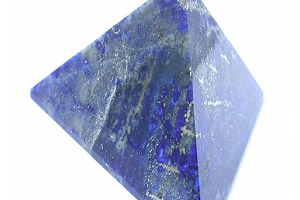Spinel
Spinel crystallizes in the isometric system; common crystal forms are octahedra, usually twinned. It has an imperfect octahedral cleavage and a conchoidal fracture. Its hardness is 8, its specific gravity is 3.5–4.1, and it is transparent to opaque with a vitreous to dull luster. It may be colorless, but is usually various shades of pink, rose, red, blue, green, yellow, brown, black, or (uncommon) violet. There is a unique natural white spinel, now lost, that surfaced briefly in what is now Sri Lanka. Some spinels are among the most famous gemstones; among them are the Black Prince's Ruby and the "Timur ruby" in the British Crown Jewels, and the "Côte de Bretagne", formerly from the French Crown jewels. The Samarian Spinel is the largest known spinel in the world, weighing 500 carats (100g).
The transparent red spinels were called spinel-rubies or balas rubies. In the past, before the arrival of modern science, spinels and rubies were equally known as rubies. After the 18th century the word ruby was only used for the red gem variety of the mineral corundum and the word spinel came to be used. "Balas" is derived from Balascia, the ancient name for Badakhshan, a region in central Asia situated in the upper valley of the Panj River, one of the principal tributaries of the Oxus River. Mines in the Gorno Badakhshan region of Tajikistan constituted for centuries the main source for red and pink spinels.
Black spinel helps one release the past and clear one’s life of past associations so one can more easily move forward into the future.It helps let go of excessive physical and emotional “junk” so that clarity of mind and energy can be attained. It is also useful for those who are stuck in the grieving process or who feel that a past emotional trauma still rules their life. Black Spinel facilities the detoxification of the bowels and digestive system.
I am revitalised, fully alive and filled with the zest for life, and I use my energies in inspired and innovative ways to benefit myself and others.


